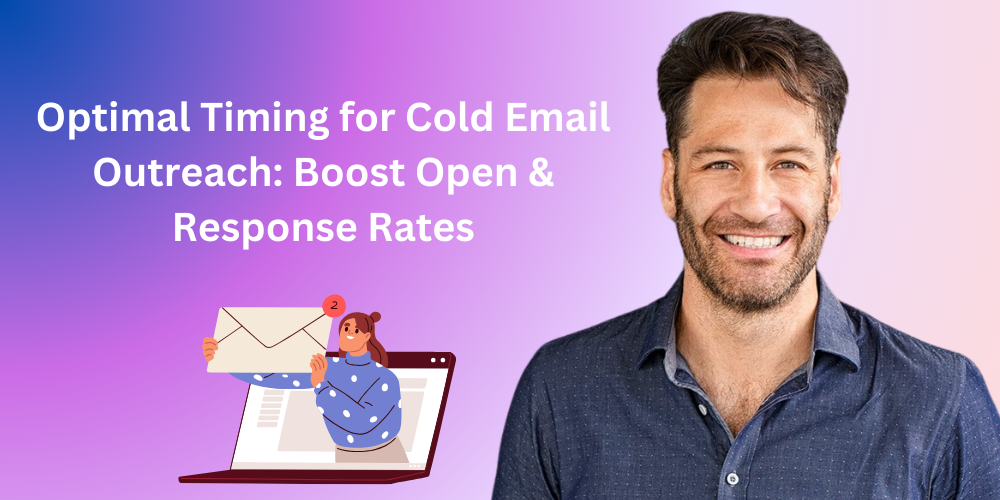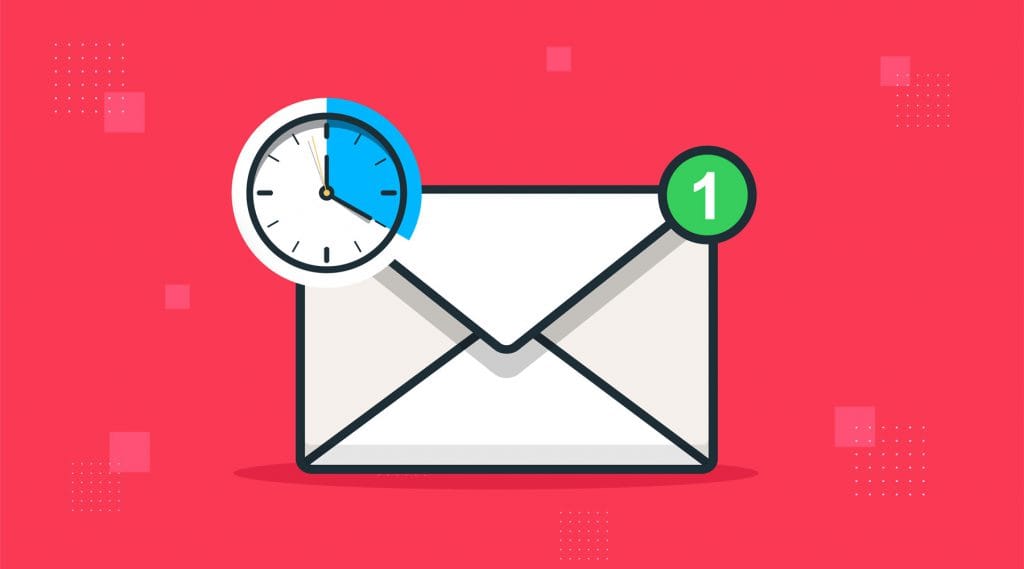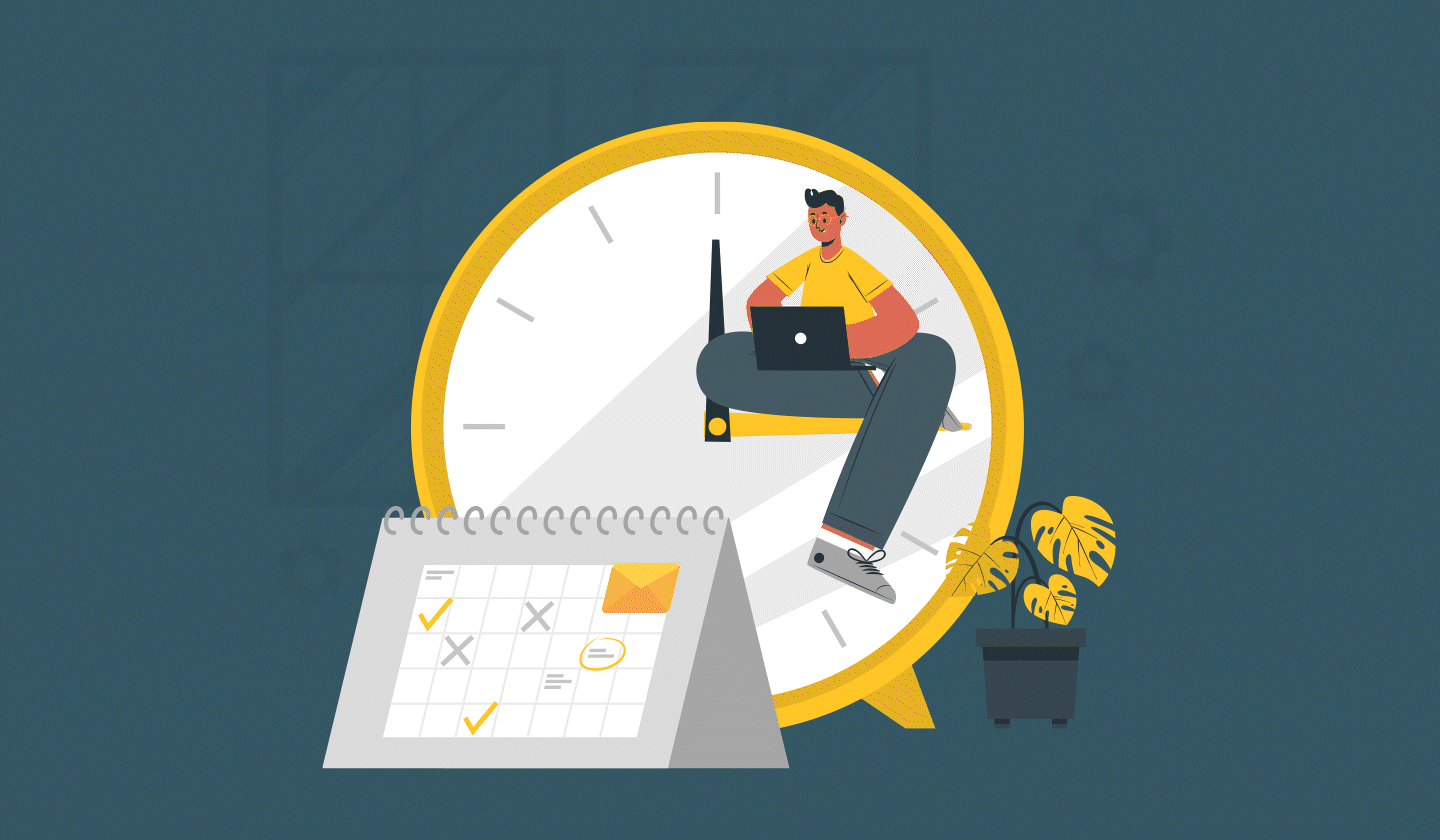Optimal Timing for Cold Email Outreach: Boost Open & Response Rates

When it comes to cold emailing, timing can make or break your success. Whether you’re reaching out to potential clients, partners, or prospects, hitting the right moment can significantly boost your open rates and responses.
But with so many factors to consider—time zones, work schedules, and industry nuances—when exactly is the best time to send cold emails?
In this guide, we’ll explore the optimal times for cold emailing, backed by research and practical tips, so you can maximize your outreach efforts and improve your chances of getting noticed.
What Exactly Is a Cold Email?
Simply put, a cold email is reaching out to someone who doesn't know you exist. Think of it like showing up uninvited to a party—you've got to charm your way in without coming off as creepy.
Cold emails introduce your business, generate leads, or build new connections. Since your audience isn't expecting you, timing becomes crucial.
Factors That Affect Cold Email Open Rates

Your email’s success isn’t determined by timing alone. Several other key factors play a crucial role in whether your cold email gets opened or ignored. Here’s a deeper look at the big players:
1. Subject Line
The subject line is the first thing your recipient will see, and it often determines whether they’ll even bother to open your email. Keep it short, punchy, and relevant to the reader’s needs.
Think of your subject line as a movie trailer—it should tease just enough to spark curiosity, but not give everything away. A great subject line should be intriguing, clear, and to the point, promising value without sounding like spam.
2. Sender’s Name and Email Address
Nobody likes opening emails from unknown senders, especially if they look suspicious. A generic “noreply@” or an unrecognizable name can instantly trigger skepticism.
Make sure your sender name and email address are both legitimate and recognizable. Ideally, you want to use your full name and a professional email address—something that sounds trustworthy and makes it clear who the email is from.
3. Email Content
Once the recipient opens your email, the content needs to keep them engaged. Long-winded, rambling emails can quickly lose the reader’s attention. Instead, aim to keep things concise and focused.
Your email should be personalized, valuable, and tailored to the recipient’s interests. Make sure to highlight the benefit for them, whether it’s solving a problem or providing a valuable resource. The more relevant and engaging your content, the more likely your email will be read in its entirety.
4. Inbox Clutter
The average person’s inbox is often overflowing with hundreds of emails, making it easy for yours to get lost in the chaos. To cut through the noise, consider personalizing and segmenting your emails.
Personalization can be as simple as addressing the recipient by name or referencing something specific to their business. Segmenting your email list based on recipient interests or behaviors allows you to send more targeted and relevant messages, which can dramatically increase open rates.
5. Timing
Even the best-crafted emails can flop if they’re sent at the wrong moment. Timing is crucial because people’s inboxes are constantly being bombarded with new emails. If your email arrives during off-hours, chances are it will get buried.
It’s important to send your emails when your audience is most likely to check and engage with their inbox. That’s why testing different send times, considering time zones, and analyzing past performance can help you pinpoint the best times for your cold email outreach.
By paying attention to these factors, you can increase the likelihood that your cold emails won’t just get opened—they’ll get noticed and acted upon.
Does Timing Really Matter for Cold Emails?

Absolutely! Imagine getting an email at 2 AM—chances are, you're not responding. Timing impacts open rates, reply rates, and overall success.
Think of timing as your secret weapon. Send welcome emails immediately after sign-ups or cart abandonment emails within an hour of customers leaving their shopping carts. And always consider your recipient's time zone—don't ping someone when they're sound asleep (unless you're aiming for a "wake-up call" style email—though that might backfire!).
The Best Days to Send Cold Emails
Data from recent studies show that Tuesday, Wednesday, and Thursday are your prime days. Monday? Everyone's recovering from the weekend. Friday? They're mentally already out the door. Stick to mid-week sweet spots.
Optimal Times for Sending Cold Emails
Aim for between 9 AM and 2 PM—when most folks are caffeinated, motivated, and scanning their inboxes. Specifically, emails around 10 AM or 2 PM catch recipients during breaks or lunch, increasing your chances of getting noticed.
How Many Cold Emails Should You Send Each Day?
Don't blast 500 emails a day hoping something sticks. Start modest—20 to 30 personalized emails daily—and scale up as you refine your approach. Remember, quality over quantity wins every time.
6 Key Considerations for Choosing Email Send Times

Timing is essential when sending cold emails. To maximize engagement, consider these key factors:
- Recipient’s Schedule
Send emails when your recipient is likely to be at their desk and checking emails. Avoid lunch hours or after work, aiming for mid-morning or mid-afternoon when they are most productive. - Recipient’s Time Zone
Time zone differences matter, especially with a global audience. Use scheduling tools to send emails at the right time in the recipient’s local time zone to avoid inconvenient hours. - Day of the Week
Tuesday to Thursday are the best days for cold emailing. Mondays are often too hectic, and Fridays see emails buried under end-of-week tasks. Weekdays mid-week give your email the best chance of being noticed. - Time of Day
Studies suggest that 10 AM and 2 PM are prime times to send emails. At 10 AM, recipients are settled into their workday but haven’t yet become overwhelmed, while 2 PM is when they’re typically free from morning tasks and open to new content. - Customer Journey
Send emails based on where the recipient is in their journey. If someone just signed up for your newsletter, they’re likely more receptive to emails soon after. A purchase or inquiry should also prompt timely follow-up. - A/B Testing
Test different send times to determine what works best for your audience. A/B testing helps you refine your strategy, improving open rates and responses over time.
By considering these timing factors, you can optimize your cold email outreach for higher engagement and better results.
When You Should Absolutely Not Send Cold Emails
Avoid sending emails during:
- Holidays: People are busy stuffing turkeys or opening gifts—not reading your emails.
- Weekends: They’re probably watching Netflix, not their inbox.
- Special events: Weddings, anniversaries, or major conferences mean your email is getting ignored.
- Late nights and early mornings: Unless you're targeting vampires, steer clear of these times.
How Often Should You Email Your Prospects?

Email frequency can significantly impact engagement, so it’s important to strike the right balance. Here’s a quick guide on how often to email different audiences:
1. Cold Prospects: One to Two Emails Per Month
For cold prospects, start slow with one to two emails a month. Avoid overwhelming them with daily or weekly messages, as this could lead to unsubscribes or emails being marked as spam. Focus on providing value, introducing your brand, and nurturing the relationship over time.
2. Warm Prospects: Once a Week or Biweekly
For warm prospects—those who’ve shown some interest—send emails weekly or biweekly. This helps keep the momentum without bombarding them. Use content that moves them further down the sales funnel, like case studies, product demos, or special offers.
3. Customers: Weekly or Monthly Newsletters
Once a prospect becomes a customer, aim for regular engagement. A weekly or monthly newsletter is ideal for keeping customers informed and fostering loyalty. Include product updates, exclusive deals, and helpful tips to keep them engaged and encourage repeat business.
Adjusting frequency based on the stage of the customer journey ensures your emails remain effective without overwhelming your audience.
How To Measure Your Cold Email Success

To measure the success of your cold email campaigns, track these key metrics:
- Open Rate
This shows how many recipients opened your email. A low open rate may indicate the need for better subject lines or improved sender recognition. - Click-Through Rate (CTR)
CTR measures engagement by tracking clicks on links in your email. A low CTR could suggest your CTA or email content needs improvement. - Bounce Rate
This tracks undelivered emails. A high bounce rate may indicate outdated or invalid email lists. Regularly clean your list to improve deliverability. - Conversion Rate
This measures how many recipients take the desired action (e.g., purchase, sign-up). A low conversion rate suggests your messaging or offers might need adjustment. - Unsubscribe Rate
This shows how many recipients opt out. A high unsubscribe rate may indicate too many emails or irrelevant content.
Adjust Based on Data, Not Gut Feeling
Use these metrics to guide your strategy. Continuously test and optimize your emails for better engagement and conversions. Regular adjustments based on data will lead to more successful cold email campaigns.
Wrapping It Up
So, what's the best cold email timing strategy? Stick to weekdays, respect your recipient’s schedule, and test different times. Remember, timing isn’t everything—but without good timing, even the best email falls flat. Go forth, hit send, and watch those replies roll in!